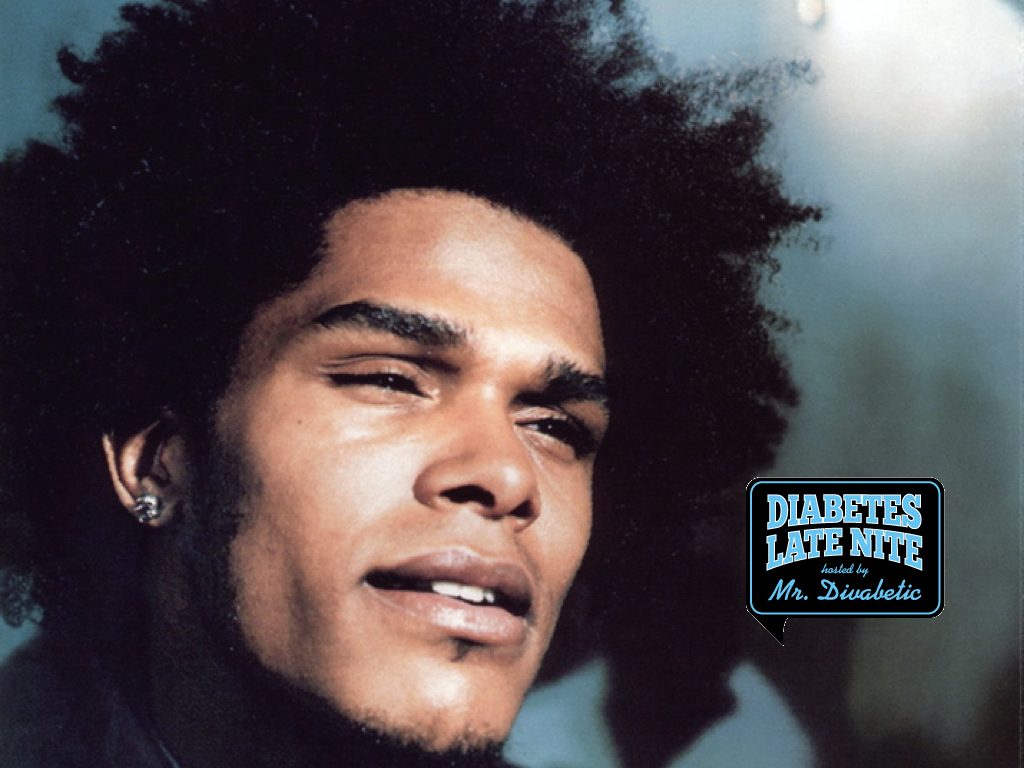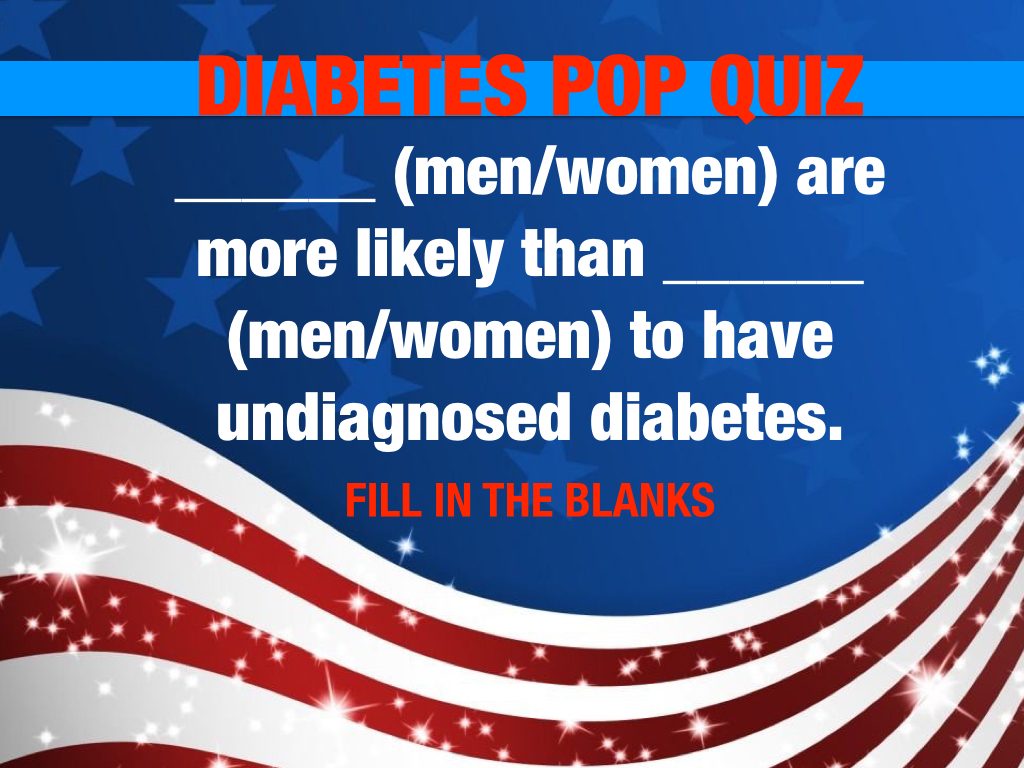
Broadway Diva, singer, actress, Soara-Joye Ross, who is living with type 1 diabetes admits that she named her diabetes ‘Sasha’ and her new insulin pump ‘Black Panther’ … how about you?
Do you think giving a pet name to your diabetes and/or your device(s) could help you manage your diabetes?
Personally, I think giving your diabetes, your pump and/or your continuous glucose monitor a pet name is a great idea for helping you to cope with diabetes. A healthy sense of humor could certainly come in handy when you consider that the emotional dimensions of diabetes are often overlooked by healthcare professionals as well as patients.
“Laughter is the best medicine . . . unless you have type 1 diabetes, then insulin is probably better,” writes Dr. Beverly S. Adler, aka “Dr. Bev,”, who is a clinical psychologist and Certified Diabetes Educator in an article for Diabetes Connect.
“I named my diabetes “Sasha” because she’s like a person to me. She was like a two-year-old for the first several years. Now she acts like a teenager by always wanting to do her own thing and not what I always want her to do!,” says Soara-Joye on August’s Diabetes Late Nite podcast.

Soara-Joye has performed abroad and all over the country. Named, “A True Musical Theatre Diva!” by BroadwayBox.com, this native New Yorker has performed in NY from Broadway (Les Misérables & The Dance of the Vampires) & Carnegie Hall (Jerry Springer the Opera) to the Winspear Opera House in Dallas (The Gershwin’s Porgy and Bess) all the way to the Alter Oper in Frankfurt, Germany (Smokey Joe’s Cafe)! She has performed at highly acclaimed regional theaters, Off-Broadway, in Film, (Garden State)and just guest starred on HBO’s new comedy, Crashing, directed by Judd Apatow.
Our favorite Broadway DIVAbetic’s 10 year diaversary approaches in September and she recently started wearing an insulin pump that she named “Black Panther”. Soara-Joye says her insulin delivery device aka ‘the pump’ has been a godsend for her managing her ‘Sasha’ especially with such a rigorous performance schedule.
“With the insulin pump I can suspend my insulin delivery which is extremely helpful if I’m constantly on stage like I was when I was performing as Deloris Van Cartier ( in the musical, ‘Sister Act’),” she adds.

This Broadway DIVAbetic Has An Entourage Supporting Her with Her Diabetes Self-Care
Soara-Joye admits that on ‘day one’ of rehearsals for a show, she tells her stage manager and all involved on the creative team that she has type 1 diabetes. She also shares that her diabetes has a name: “Sasha” and that she’s pretty much another character in the show, that they need to know about.

One of her six dressers on ‘Sister Act’ was standing by in the wings with glucose tablets, insulin and juice boxes just in case Soara-Joye needed any of them. She also helped monitored Soara-Joye’s numbers on her continuous glucose monitor to watch out for trends in her blood sugar during the show. “My main dresser, Alison Clifton and the rest of my fabulous team of dressers were a godsend!,” says Soara-Joye.
Let Soara-Joye Ross Inspire You to Manage Your Diabetes like a Diva!
When you stop to consider that many people with chronic conditions such as diabetes often have to adjust their aspirations, lifestyle, and employment I feel Soara-Joye is truly a diva inspiration. Let Soara-Joye’s openness and creative coping skills as well as her ability to empower her co-workers to be part of her health entourage motivate you to not let diabetes dim your dazzle!

Soara-Joye appears in Judd Apatow’s HBO series ‘Crashing’ and will soon be starring as (Delores) LaVern Baker, the popular American Rhythm & Blues Singer from 50’s and 60’s, in the musical, ‘Rock and Roll Man’.
“Managing diabetes is a full time job, but with a little bit of humor we can take it all in stride,” writes Dr. Bev for Diabetic Connect. “Look for humor in a bad situation, and uncover the irony and absurdity of life. This will help improve your mood and the mood of those around you. Best of all, this priceless medicine is fun, free, and easy to use.”
Everything’s Coming Up Roses! We’re going behind the scenes on our upcoming Mr. Diabetic Mystery podcast. ‘Gypsies, Tramps & Peas’ (scheduled for September 12, 2017) with music from the Original Broadway cast of ‘Gypsy’ courtesy of SONY Music.
Our annual diabetes mystery podcast hopes to encourage you to become a Diabetes Detective. Look for clues, search for patterns, investigate the reasons behind your blood sugar high’s and low’s and report to the authorities (your healthcare team) about medical information found on the internet.
On August’s Diabetes Late Nite podcast we’re discussing tips for Summertime Diabetes Management, the Best in Swimsuit Coverups, Body Image Issues, Health Hazards of Professional Eating Contests, Safe Pedicures and Broadway’s Biggest Divas.
LISTEN: August’s Diabetes Late Nite podcast with music from the musical, ‘Gypsy’ features guests Actress, Singer Soara-Joye Ross, Poet Lorraine Brooks, Chef Robert Lewis aka ‘The Happy Diabetic’, Maryann Nicolay BA, DTR, Catherine Schuller AICI, CIP, Founder & Executive Director of the We Are Diabetes organization Asha Brown, Best-Selling Author Tonya Kappes and Mama Rose Marie.








































